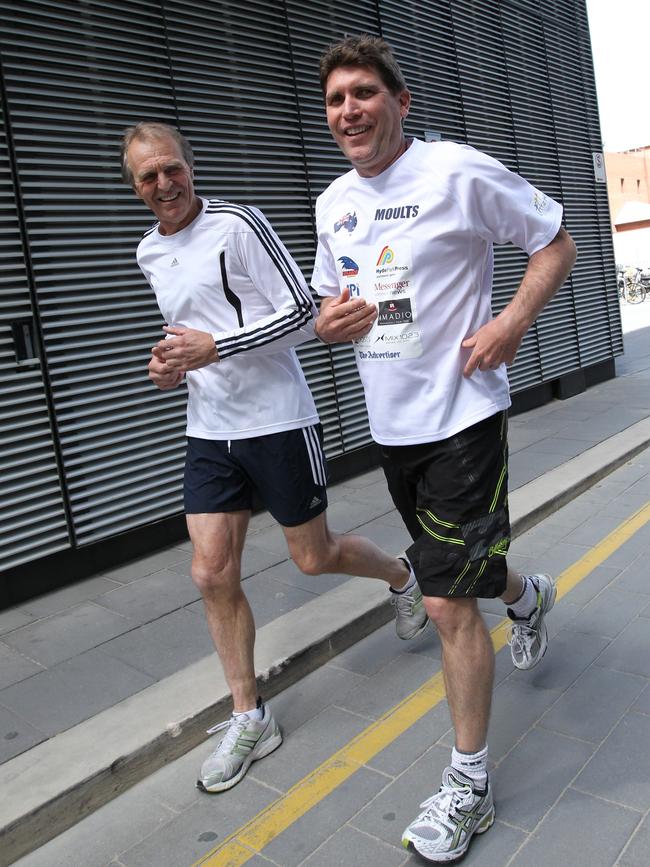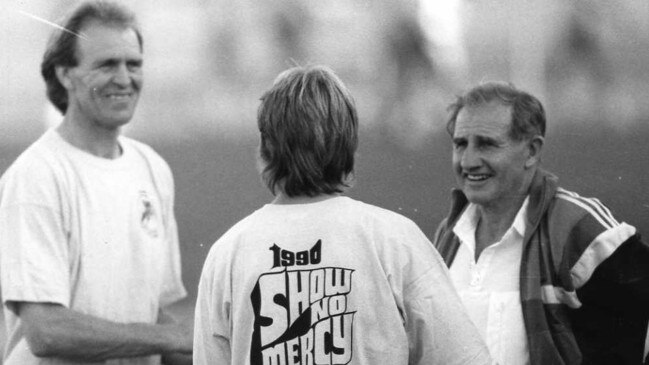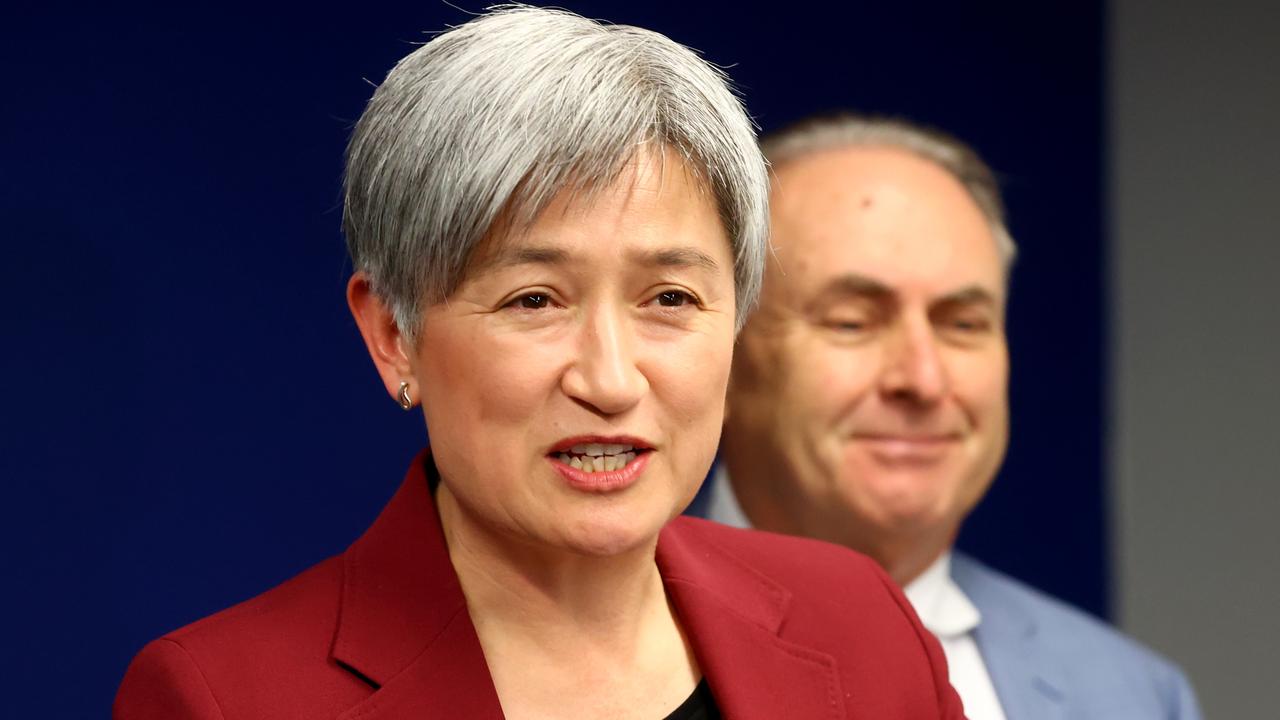You can’t outrun old age. But you can try to keep up | Graham Cornes
I used to wonder if my doctor thought I was a medical miracle until I discovered, painfully, he was right all along, writes Graham Cornes.
Opinion
Don't miss out on the headlines from Opinion. Followed categories will be added to My News.
The dilemma of the ageing athlete. I thought I could run forever. For decades I’d watch people run past the front window.
People of all ages, all shapes and all sizes. Some ran beautifully with an athlete’s gait. Others shuffled, enduring rather than enjoying the experience.
But at least they were out there. The range of ages was intriguing and over those decades I’ve watched them age - still running but ageing.
My favourite was a man in his nineties. He ran straight-backed at a comfortable pace, immaculately groomed and kitted out in the latest running gear.
I never knew his name but felt I knew him.

Unfortunately, it’s been some years since I’ve seen him so I assume he has passed. Running may be good for the cardio-vascular system but it doesn’t defy the ageing process.
Old footballers age faster than those who never subjected their bodies to the physical punishment of a contact sport. Play the game long enough and the body will protest.
Joints give up first. Glenelg’s old fitness trainer, Billy Neil was an astute athlete and running coach. He was a fireman, who had been a boxer and then a boundary umpire.
“Never run on the roads”, he would yell at us. Even though he was old-school he knew the effect that hard surfaces would have on the joints.
But you can’t tell young men. They feel bullet-proof. I should have listened. But running is so easy compared to the other forms of fitness training.
Plus it’s cheap.
There are no gym fees and no payments to personal trainers or instructors. A pair of running shoes, shorts, a tee-shirt and you can run anywhere – at your own pace. So I ran.
I didn’t run obsessively like some: just simply to maintain a level of fitness and to keep a tenuous link to those younger days when we were full of vitality.
I’d heard of and read about the “runner’s high” - that sense of euphoria that follows a running session.
Alas, I never experienced it, and eventually reached the conclusion that it was a figment of imagination.
Or perhaps it was only bestowed on a chosen few, in the manner that Pentacostal devotees are selected to speak in tongues.
Slowly the body deteriorated.
I ignored Billy Neil’s advice and kept running on the roads or the footpaths.
When the right ankle threatened to succumb to the pain, the eminent foot surgeon, Dr George Dracopoulus told me to give up running.
I ignored his advice and resumed several weeks later.
I occasionally ran past his surgery on Anzac Highway thinking he might catch a glimpse of this medical miracle that defied his diagnosis. But he was right. It all came crashing down after the New York marathon.
Running a marathon was never a “bucket list” item, but a chance came to support the Little Heroes Foundation so I committed.
You have to do the massive kilometres to prepare but it was barely enough. Five hours, two minutes and thirty-four seconds was the official time as I limped home, the left knee without the ACL, and Dr Dracopoulus’s right ankle killing me.
It was 13 years ago and after a couple of futile attempts to get the joints moving, I gave up and haven’t run since.
All shapes and sizes still run past the front window in greater numbers than ever before. The best I can do is walk – and enviously lament.
There is no fountain of youth despite the efforts and expense to which many go to discover it. However, the ageing process can be delayed.
Very few have researched this more than Dr David Sinclair, a professor of genetics at Harvard Medical School.
He makes the bold prediction that it will not be unusual for some to live to the age of 150, if they follow certain regimens of diet, cold therapy, exercise and fasting. He does not recommend specific supplements but has suggestions for supplements that can delay the aging process.
His advice on exercise isn’t all that draconian.
Thirty minutes of moderate exercise a day is enough, even if it can’t be done in a continuous block. Just enough to raise the heart rate and make you breathe a little more heavily.
And resistance against your body weight is just as effective as pushing weights. His book: Lifespan.
Why We Age and Why We Don’t Have To, is compelling reading for those who want to challenge and even reverse the aging process.
But it won’t be for everyone, especially as he recommends a plant-based diet with low intake of sugar, pasta and other starchy foods. Where’s the fun in that?
South Australia’s own John Cahill has a much more practical approach to aging.
The glory of his coaching years is long gone but he still inspires.
He runs the gym at Pulteney Grammar School these days with a client base of students and selected members of the public. He definitely has discovered some of the secrets to delaying the aging process. He’s 83 these days, dynamic and enthusiastic. His attitude to ageing is practical, simple and exemplary.
“If you don’t use it you will lose it. Age is an attitude, don’t become a victim to it”, are mantras that he lives by. There are others – quips of homespun philosophy that are not hard to embrace. “You can’t beat nice people, Choose wisely.”

Then the more practical ones acquired by his years as a coach and a gym instructor: “Light weights keep the muscles activated and you are five times more likely to get injured by over-training”.
However, you can’t completely ignore the ageing process. Every time he has seen me lately, he’s reminded me that as we get older we become more unstable, eyes not as sharp, balance not as good and we lose power in our legs.
For many elderly people, a fall almost precipitates the end. “Stand on one leg, each for 15 seconds”, he commands. Then: “Sit on that chair and stand up using only one leg.” Always the coach.
There are so many options for the ageing athlete whose body has been punished by their sporting years.
Exercising doesn’t have to be a fanatical pursuit but it does have to be regular. Plus there are so many options.
I recently ran into former footballer and commentator, Ian Aitken, who looks 20 years younger than someone who, like John Cahill, has entered his ninth decade. “Pilates”, he said in one simple word when I asked why he looked so fit. Some will advocate yoga, others tai chi, the ancient Chinese martial art.
The critical thing is to do something, even if it is as simple as walking – if the joints will allow.
I’m not qualified as a fitness instructor or a weight training coach but there is one observation that I have made over those decades of observing people running, training and sweating, which links in with Dr David Sinclair’s Harvard studies.
If you are sensible with your diet, the one effective method to delay the ageing process is to push weights, whether that be light weights in a gym, or your own body weight at home.
Oh, and if you can’t run anymore, at least walk.





